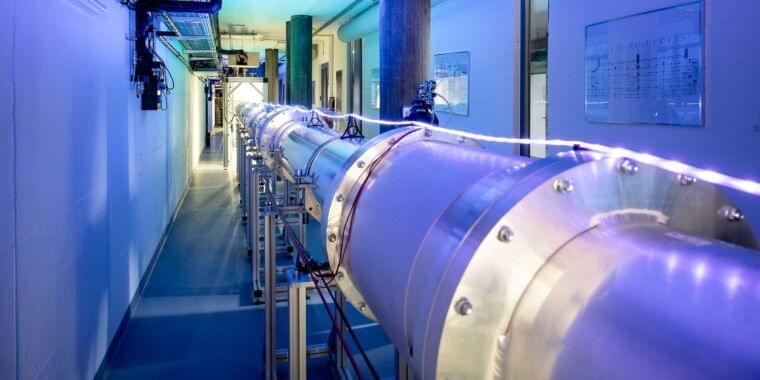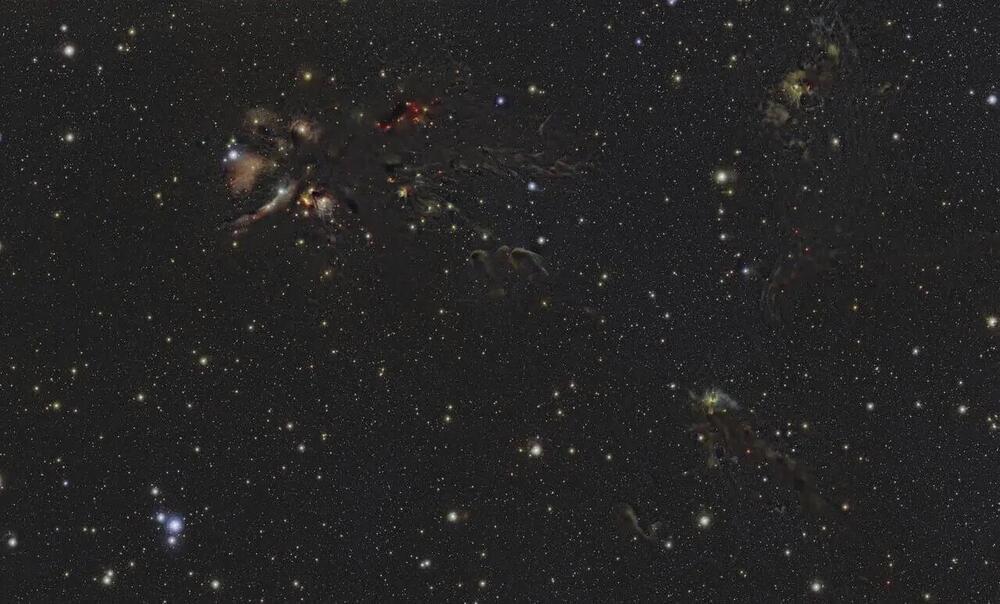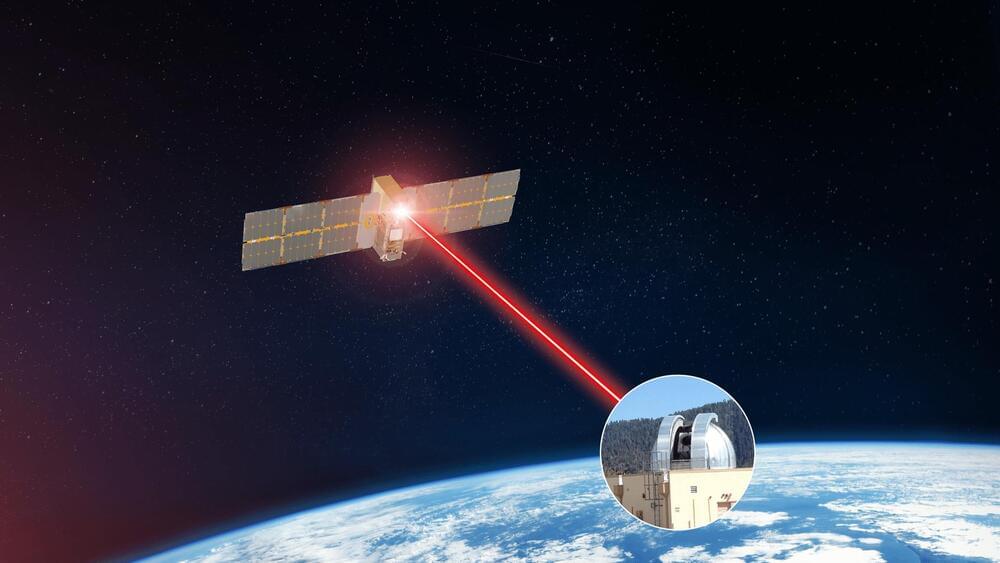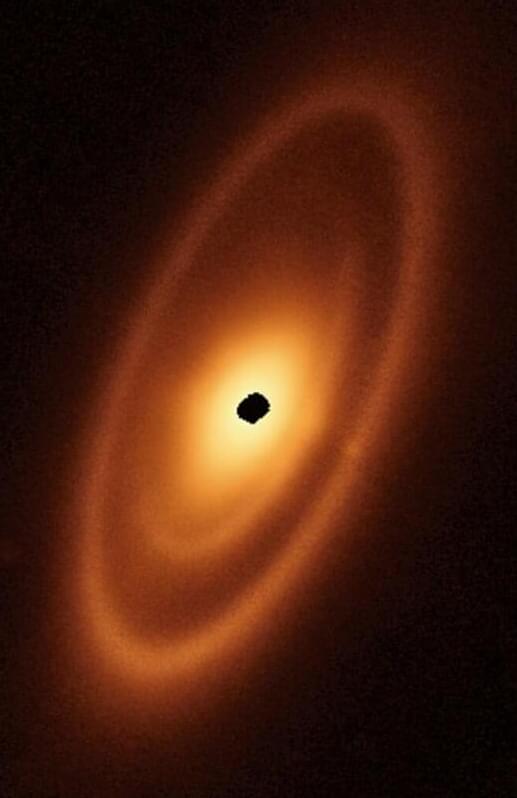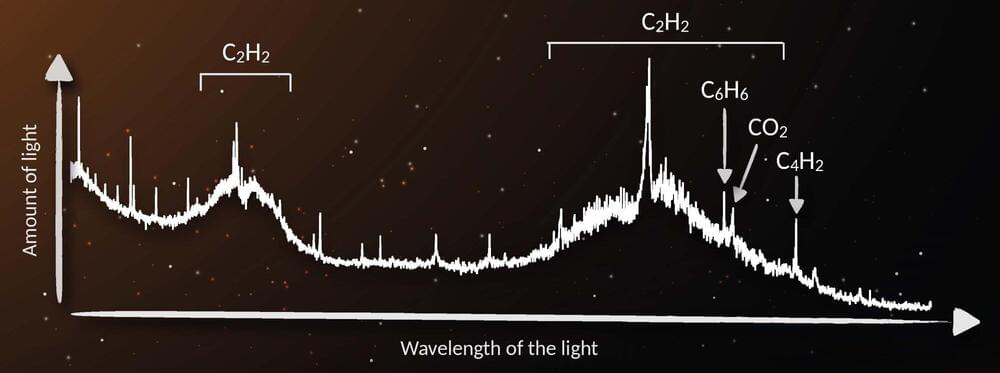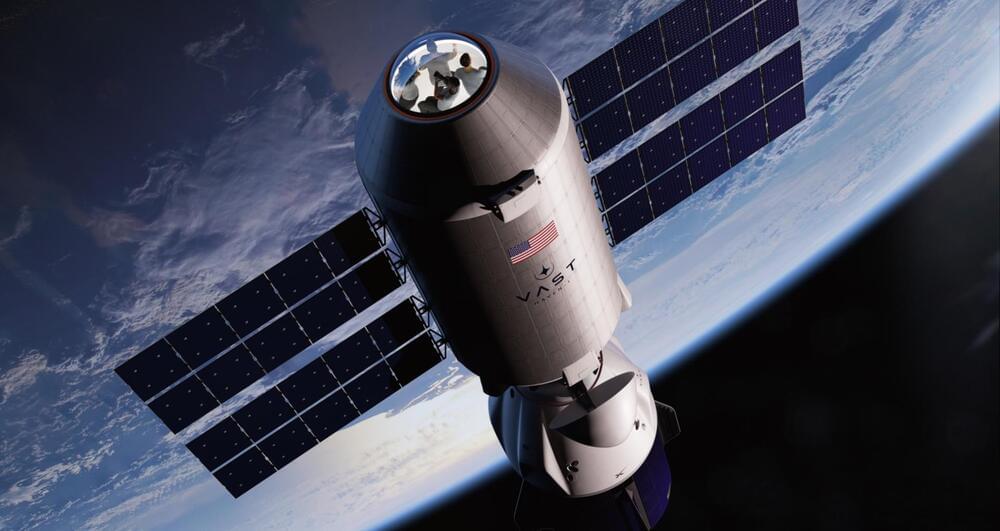A new experiment uses superconducting qubits to demonstrate that quantum mechanics violates what’s called local realism by allowing two objects to behave as a single quantum system no matter how large the separation between them. The experiment wasn’t the first to show that local realism isn’t how the Universe works—it’s not even the first to do so with qubits.
But it’s the first to separate the qubits by enough distance to ensure that light isn’t fast enough to travel between them while measurements are made. And it did so by cooling a 30-meter-long aluminum wire to just a few milliKelvin. Because the qubits are so easy to control, the experiment provides a new precision to these sorts of measurements. And the hardware setup may be essential for future quantum computing efforts.
